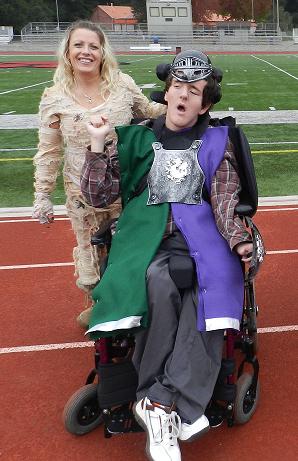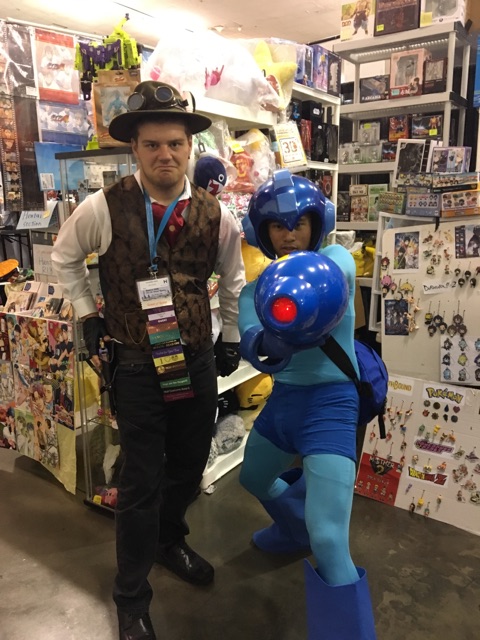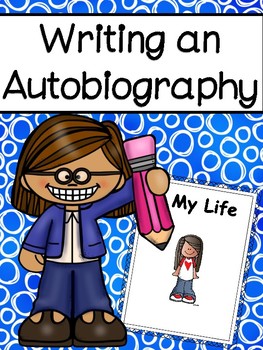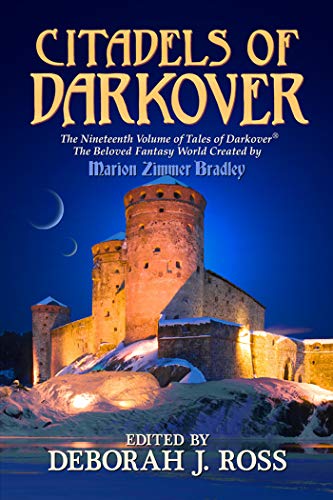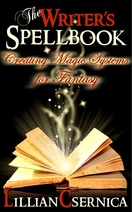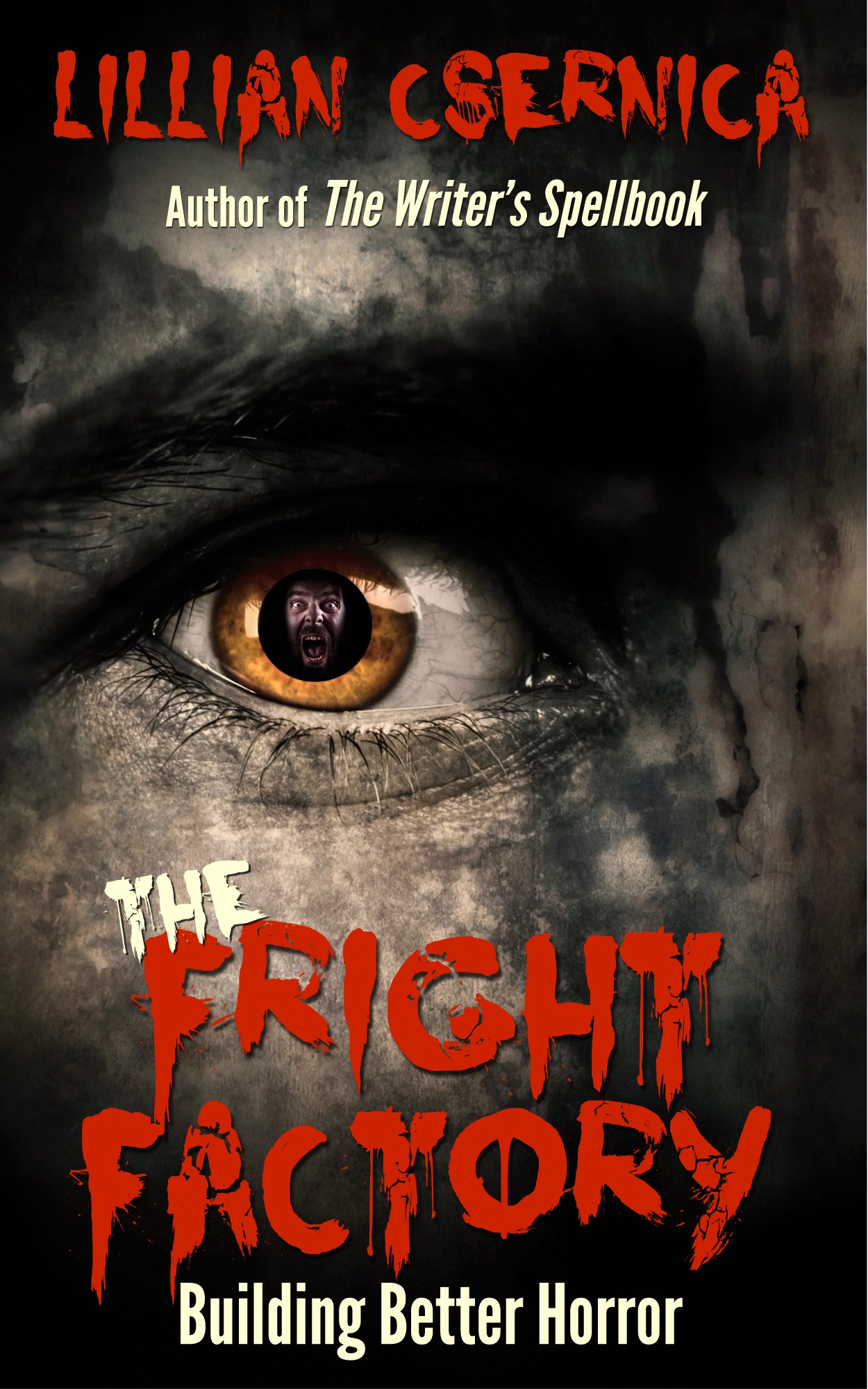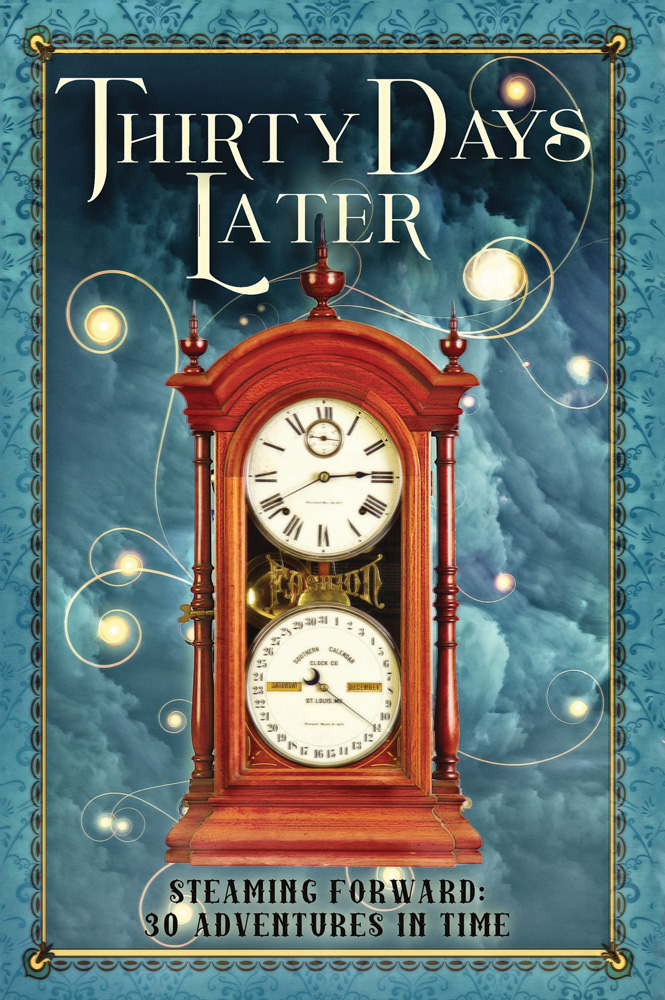by Lillian Csernica on October 1, 2023

It’s October! Let’s kick off the 30 Days of Scary Fun with a ghost story.
I once had the delightful experience of volunteering in my younger son John’s seventh grade Creative Writing Class. On Back to School Night I’d been chatting with John’s teacher and she discovered that I write for a living. John’s Reading 180 workbook, which included a unit on Edgar Allen Poe. With Halloween right around the corner, I thought a writing lesson about something spooky might be fun. And then the real inspiration struck. What could be more perfect for Halloween than a haunted house story? We’d start out by thinking up all the different kinds of places a haunted house might be. A grass hut on the beach in Tahiti, an igloo in Alaska, a hotel or a camping tent or the traditional shabby manor house with strange lights and weird noises. Then we’d explore the basic idea using the journalist’s five questions: Who, What, Where, Why, When, and How!

The Haunted House
I asked the students what makes a classic haunted house. I encouraged them to think beyond what they’d already seen on TV or read about in books. What other kinds of buildings could be haunted? What other places where people could live might have ghosts? One young lady suggested a haunted fort. That was a great idea and I said so. One of the quieter boys spoke up about a space station. Another wonderful idea. When the students caught on to my enthusiasm and encouragement, more and more of them started speaking up.

Who
Who would be the main character? Would it be a living person? A ghost? Maybe even the house itself? I talked about each of these options, doing my best to keep it simple so the students had clear choices. It’s best to keep the number of characters small when writing a short story. This led to another major step in fiction writing, giving the main character a name. I spent a few minutes on the importance of names, where to find them, and how to make them up in a way that makes sense and sounds right.

What
What’s haunting the house? Is it a traditional ghost? One boy had chosen a pyramid as his “house.” The clear choice there: a mummy. The students were quick to mention the classic monsters such as werewolves, vampires, and Frankenstein. Cara, the student teacher, asked about different types of ghosts. I collect ghost story anthologies from the turn of the century. I’ve read about the mournful ghost, the vengeful ghost, the banshee, the Black Coach and the poltergeist. We focused on the poltergeist, the “noisy ghost,” a favorite element in scary movies. Once I explained this ghost’s talent for throwing dishes and furniture around, I saw the face of one boy light up. He wanted that kind of ghost. He started scribbling on his notepaper with a speed I recognized. Inspiration had struck!

Where
“Where?” is multifaceted question. There’s the location of the haunted house itself. The students talked about clifftops and deserts and swamps and the main street of a big city. I explained how the different countries and cultures where the story was set in are also key elements. A haunted house in Japan would be very different from a haunted house in New York City. Again I saw that faraway look in the eyes of the boys and girls as the wheels of their imaginations kept turning.

Why
Of all the five W Questions, “Why?” is my favorite. I asked the students to think about why the ghost was haunting that particular place. The young lady who chose a haunted fort told me her ghost was a soldier who wanted to go on guarding the fort. I said that made sense to me. The soldier had been dedicated to his duty in life, and that dedication remained even after he died in the line of duty. I asked for more ideas about why a ghost would haunt a particular place. We came up with buried treasure, some business the ghost hadn’t finished before he or she died, and the frequent motivation of revenge.

When
The question of when requires some complex thinking. When does the ghost do its haunting? At sunset? Midnight? When could also be the time of year. There are summertime ghosts, but the most dramatic time of year is the long winter night. I told the students about some of the greatest ghost stories ever written by such enduring names as A.M. Burrage, M.R. James and E.F. Benson. On the subject of winter, I used Hugh Walpole‘s “Snow” as my example. A truly chilling story, in many senses.
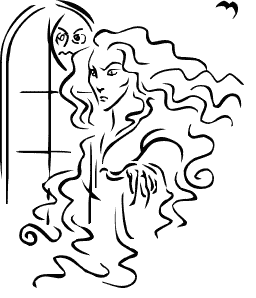
How
Every good story starts with a problem the main character has to solve. If the main character is the ghost, the question becomes how is the ghost haunting the house and how is that going to solve the problem? The kids had some great ideas, from scary noises and faces at the window to seeing weird things in mirrors. One of the boys really got into his story. He must have filled in at least three notebook pages and showed no sign of slowing down.
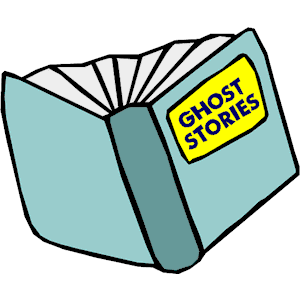
The students had done well, paying attention and participating. Then came time to bring out the art supplies. Construction paper, fuzzy black spiders, Halloween pumpkin stickers, googly eyes, and a big bag of cotton balls. I challenged the kids to tell me how many ways they could use the cotton balls to create a picture of their haunted houses. John himself suggested clouds. Another boy said spiderwebs. Someone else said ghosts. I showed the kids how to stretch the cotton very thin and glue it along the ground level to make the kind of low-lying mist you might see in graveyards. Those kids went at it with such energy and pleasure, making their visions become real before their eyes. The pyramid was marvelous. The space station was terrific. And John’s hotel looked positively grand.
























